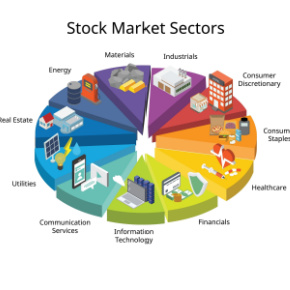In my view, a good starting point for evaluating the economic conditions of any country is to begin by analyzing the health of its financial, energy, and healthcare industries.
Any capable financial analysis begins with the balance sheet and is intertwined with the income and cash flow statements, along with the net balance of trade and foreign investment in the country.
The United States is the largest economy in the world and, in my opinion, boasts a healthy banking, energy, and health care system, if one were evaluating these industries by financial condition and profitability.
Challenges
Yes, there’s room for improvement in many areas, especially regarding the country’s liabilities and entitlement programs like Social Security and Medicare, a growing budget deficit (more than $1 trillion last year), and persistent but complex challenges related to trade, taxes, and direct foreign investment throughout the world.

When US financial markets retreated significantly in the last three months of 2018, investors and economists alike were a little stunned by the decline.
That’s because, in my view, most fundamental measures of the US economy were quite healthy. I think that my opinion is validated by the strong first-quarter GDP figure, which showed the economy growing at a better-than-expected annualized 3.2% pace.
Tame Inflation
With US inflation readings hovering below 2%, it is not hard to imagine many Federal Reserve members thinking that doing nothing on interest rates is the right policy at the moment.
(On May 1, the US Federal Reserve voted to maintain its benchmark rate unchanged, and said inflation remained low.)
With first-quarter, corporate earnings reports starting off strong as far as meeting or beating expectations, it would seem that the rest of the year may see some acceleration in growth.
Takeaway
As for valuations, with companies on the S&P 500 trading at 17-18 times forward earnings, and with consumer confidence and spending solid, equities in my opinion probably trade at the upper end of moderate to expensive.
For investors, the question is where is there value?
When sizing up an investment, investors need to ask whether it fits their financial goals and, if so, at what price.
Nothing new there: That’s the essence of smart investing.
Photo Credit: Malinda Rathnayake via Flickr Creative Commons



